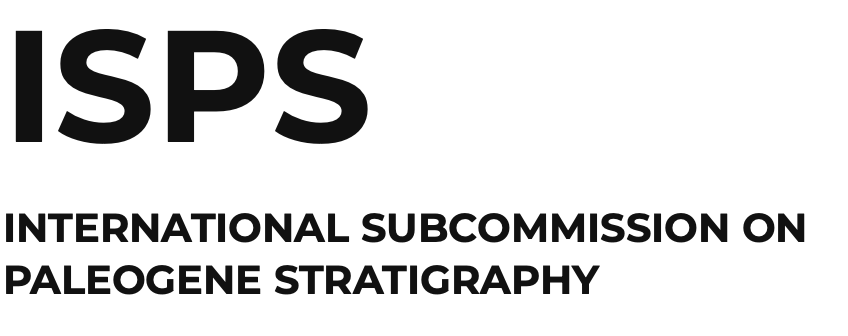Annual Report 2005 of the Bartonian/Priabonian Boundary Stratotype Working Group
A great wealth of data have been collected on the well-exposed Alano section (Veneto region, NE Italy), a potential candidate for the Upper Eocene GSSP. In particular, the >120 m-thick section is now completely sampled in high resolution for multiple biostratigraphies. The surveyed section spans the middle-upper Eocene transition from nannofossil Zone CP14 (NP16) through Zone CP15 (NP17 to NP19-NP20). Besides the main standard biohorizons that allowed to identify the named biozones, twelfe additional nannofossil bioevents have been recognized. Concerning planktonic foraminifera, the main extinction level of the muricate forms and the first and last occurrence of Globigerinatheka semiinvoluta have been detected within nannofossil Zone CP 15. A first set of samples from a ca. 30 m-thick segment straddling the critical interval for defining the GSSP, have been measured for magnetic properties. The magnetic signals obtained tourned out to be reliable allowing to recognize some reversals in a mainly positive polarity interval. After this pilot study, sampling for magnetostratigraphy was confidently extended ca. 45 m below and >30 m above the segment mentioned above in order to unequivocally interpret the magnetic chrons. Magnetic measurements of the new set of samples are in progress.
Two out of the six interbedded volcanoclastic layers, one at the base of the section (Mantegna bed) and one in the critical Bartonian-Priabonian transition, will be analysed for radiometric dating (Igor Villa).
Most of the missing data, including the detailed distribution charts of foraminifera, are being collected and will be ready confidently for mid 2006.
Tasks of the Italian scientific community were to search for GSSPs of the Middle-Upper Eocene and Lower-Upper Oligocene Transitions. Investigations on Middle-Upper Eocene and Lower-Upper Oligocene Transitions. tasks of the Italian scientific community, have been undertaken by a number of researchers from several Italian Universities and CNR Institutes (i.e. Padua, Ferrara, Urbino, Milan), as well as from some European and USA Universities and Institutions of the “ALANO NET” and by the numerous scientists of the OLIS Working Group coordinated by Rio (University of Padua) and Coccioni (University of Urbino), respectively.
Report by Isabella Premoli Silva, Chairwoman.

